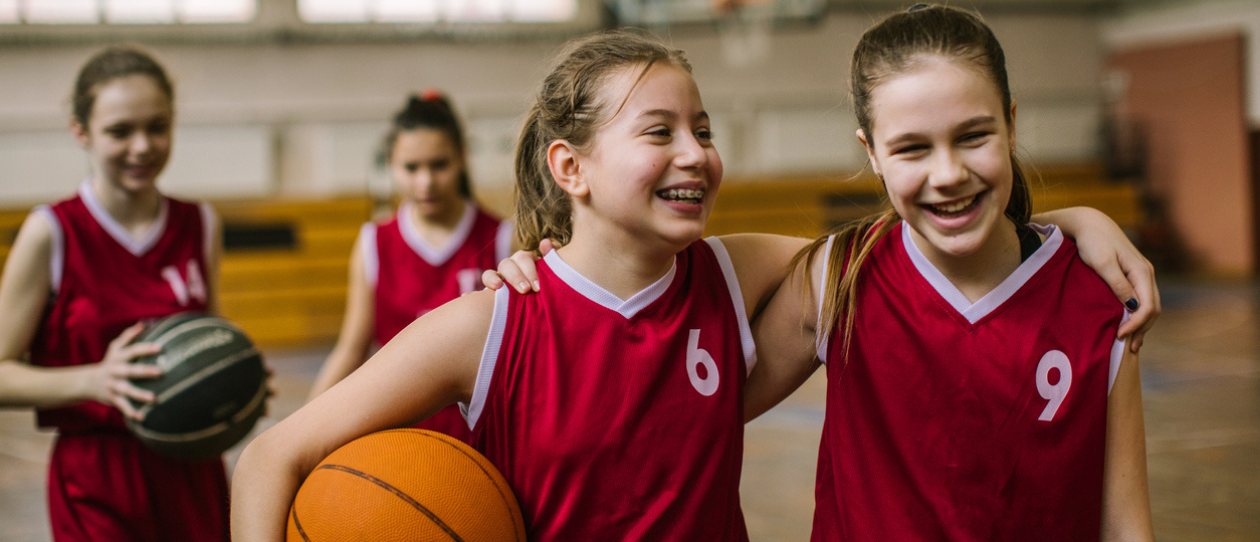
- Health hub/
- Fish & Nutritional Oils/
- The importance of Omega-3 for kids


As essential polyunsaturated fatty acids, omega-3s pack a big punch, supporting everything from brain and heart health in adults, to the healthy development of babies during pregnancy.
They’re equally as important for children, too, with research showing that consuming enough omega-3s can help to support and maintain everything from eye health and healthy growth and development to brain and cognitive function and even central nervous system development.
So, are all omega-3s created equal?
The first thing to know is that there are three main types of omega-3 fatty acids that provide health benefits.The first is one called alpha-linolenic acid, or ALA, which is found in plant-based sources, like flaxseed oil and canola oil, certain nuts like walnuts and, in much smaller amounts, leafy vegetables. The other two are called eicosapentaenoic acid, or EPA, and docosahexaenoic acid, or DHA, and are found predominantly in oily fish, like sardines, mackerel, salmon and other seafood.
The next thing to know is that while all three omega-3 fatty acids are important for wellbeing, research suggests it’s EPA and DHA that probably deliver the biggest health benefits. And we also know that while ALA isn’t typically lacking in most people’s diets in Australia, EPA and DHA can be.
How many omega-3s do kids need?
While children aged between one and three need just 0.5g of ALA a day, kids aged between four and 12 need 0.8-1g of ALA a day, which they can consume simply by eating one teaspoon of ground flaxseeds or 15g of walnuts. Other rich sources of ALA include vegetable oil, soy and linseed bread, omega-3 enriched eggs and some margarine.
Children also need a minimum of between 40-70mg of EPA and DHA a day, depending on their age. One small, 100g serve of fish plus two small cans of sandwich tuna a week will provide a child with this amount of EPA and DHA, but it’s important to remember that some of the health benefits associated with marine-sourced omega-3s may require larger doses of both EPA and DHA.
It’s also wise to avoid fish high in mercury. This applies across the board for all age groups, but it’s particularly important for young children. Fish that contain higher levels of mercury tend to be larger species, like shark or flake, swordfish, ling, orange roughy, gemfish and southern bluefin tuna.
What can you do if your children won’t eat fish?
If your kids don’t particularly like fish – particularly oily fish! – or you’re concerned that they need more EPA and DHA omega-3s than their diet can realistically deliver, you might like to consider a supplement. When you’re choosing one, make sure you check that it not only contains enough omega-3s but that they’re sourced from wild-caught small fish, which have fewer contaminants like mercury. And only use a supplement that has been formulated for your child’s age.




